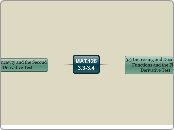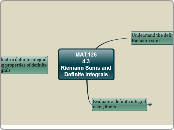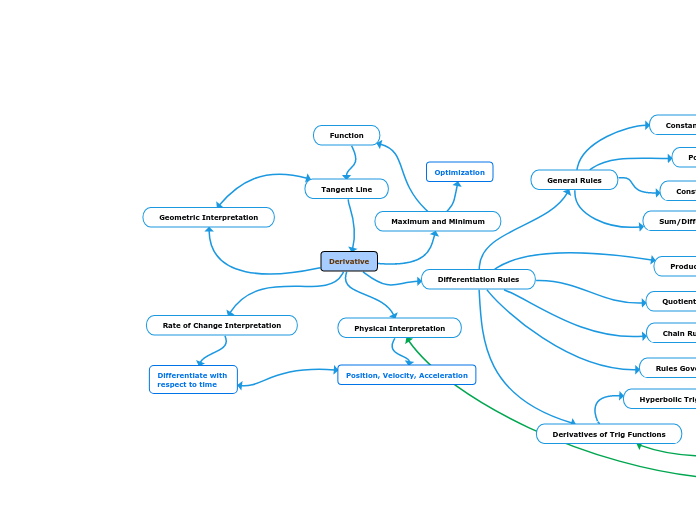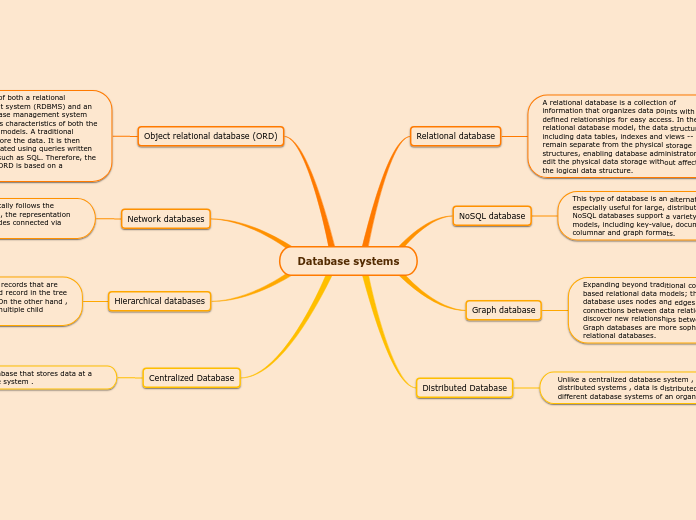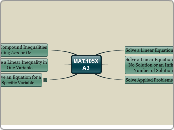MAT.126
3.3-3.4
3.4 Concavity and the Second Derivative Test
Apply the Second Derivative Test to find relative extrema of a function
Theorem 3.9
Second Derivative Test
Let f be a function such that f'(c) = 0 and the second derivative of f exists on an open interval containing c.
If f''(c) > 0, then f has a relative minimum at (c,f(c)).If f''(c) < 0, then f has a relative maximum at (c,f(c)).
If f''(c) = 0, the test fails. That is, f may have a relative maximum, a relative minimum, or neither. In such cases, you can use the First Derivative Test.
Find any points of inflection of the graph of a function
Theorem 3.8
Points of Inflection
If (c,f(c)) is a point of inflection of the graph of f, then either f''(c) = 0 or f'' does not exist at x = c.
Note: The converse is not, in general, true. For example, consider f(x) = x^4 at c = 0.
Let f be a function that is continuous on an open interval and let c be a point in the interval. If the graph of f has a tangent line at this point (c,f(c)), then this point is a point of inflection of the graph of f if the concavity of f changes from upward to downward (or downward to upward) at the point.
This definition is slightly more restrictive than is sometimes used in that it requires a tangent line to exist at c.
Determine intervals on which a function is concave upward or concave downward
Use x-values where f''(x)=0 or f'' does not exist to determine test intervals
Theorem 3.7
Test for Concavity
Let f be a function whose second derivative exists on an open interval I.
If f''(x) > 0 for all x in I, then the graph of f is concave upward on I.If f''(x) < 0 for all x in I, then the graph of f is concave downward on I.
Understand concavity graphically
Definition
Let f be differentiable on an open interval I. The graph of f is concave upward on I if f' is increasing on the interval and concave downward on I if f' is decreasing on the interval.
3.3 Increasing and Decreasing Functions and the First Derivative Test
Apply the First Derivative Test to find relative extrema of a function
Theorem 3.6
The First Derivative Test
Let c be a critical number of a function f that is continuous on an open interval I containing c. If f is differentiable on the interval, except possibly at c, then f(c) can be classified as follows.
If f'(x) changes from negative to positive at c, then f has a relative minimum at (c,f(c)).If f'(x) changes from positive to negative at c, then f has a relative maximum at (c,f(c)).
If f'(x) is positive on both sides of c or negative on both sides of c, then f(c) is neither a relative minimum nor a relative maximum.
Determine intervals on which a function is increasing or decreasing
Guidelines
Guidelines For Finding Intervals On Which A Function Is Increasing Or Decreasing
Let f be continuous on the interval (a,b). To find the open intervals on which f is increasing or decreasing, use the following steps.
Locate the critical numbers of f in (a,b), and use these numbers to determine test intervals.Determine the sign of f'(x) at one test value in each of the intervals.Use Theorem 3.5 to determine whether f is increasing or decreasing on each interval.These guidelines are also valid if the interval (a,b) is replaced by an interval of the form (-infinity,b), (a,infinity), or (-infinity,infinity).
Theorem 3.5
Test for Increasing and Decreasing Functions
Let f be a function that is continuous on the closed interval [a,b] and differentiable on the open interval (a,b).
If f'(x) > 0 for all x in (a,b), then f is increasing on [a,b].If f'(x) < 0 for all x in (a,b), then f is decreasing on [a,b].
If f'(x) = 0 for all x in (a,b), then f is constant on [a,b].
The conclusions in the first two cases are valid even if f'(x) = 0 at a finite number of x-values in (a,b).
Definitions
A function f is increasing on an interval if for any two numbers x_1 and x_2 in the interval, x_1 < x_2 implies f(x_1) < f(x_2).
A function f is decreasing on an interval if for any two numbers x_1 and x_2 in the interval, x_1 < x_2 implies f(x_1) > f(x_2).
